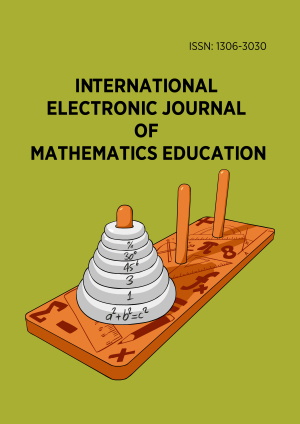Abstract
The gap between theory and practice in mathematics education, particularly in primary-teacher education, necessitates innovative teaching methodologies. This paper explores the implementation of academic portfolios as a teaching innovation in algebra and number systems I and algebra and number systems II courses within the primary teacher education program at Pontificia Universidad Católica de Chile. The methodology involved integrating academic portfolios to align course content with essential learning outcomes for future teaching roles. Implementation begins with a negotiation between students and teachers to establish a learning contract, followed by an overview of course rules, content, objectives, materials, and grading rubrics. Preliminary findings indicate that this innovative method enhances engagement with mathematical concepts, improves assessment efficacy in teacher training, and may contribute to enhanced preparation of primary mathematics teachers. The study highlights the role of portfolios in making students active participants in their learning, significantly enhancing the educational experience of teacher candidates. These findings suggest a promising avenue for future educational assessments and methodologies in mathematics, indicating that academic portfolios can bridge the gap between theoretical knowledge and practical applications in mathematics teacher education, potentially enhancing teacher preparation. While this study shows promising results, further research with larger samples and longer timeframes would be beneficial to establish causality and long-term impacts.
License
This is an open access article distributed under the Creative Commons Attribution License which permits unrestricted use, distribution, and reproduction in any medium, provided the original work is properly cited.
Article Type: Research Article
INT ELECT J MATH ED, Volume 20, Issue 4, November 2025, Article No: em0842
https://doi.org/10.29333/iejme/16635
Publication date: 01 Oct 2025
Online publication date: 24 Jul 2025
Article Views: 2803
Article Downloads: 942
Open Access References How to cite this article
 Full Text (PDF)
Full Text (PDF)